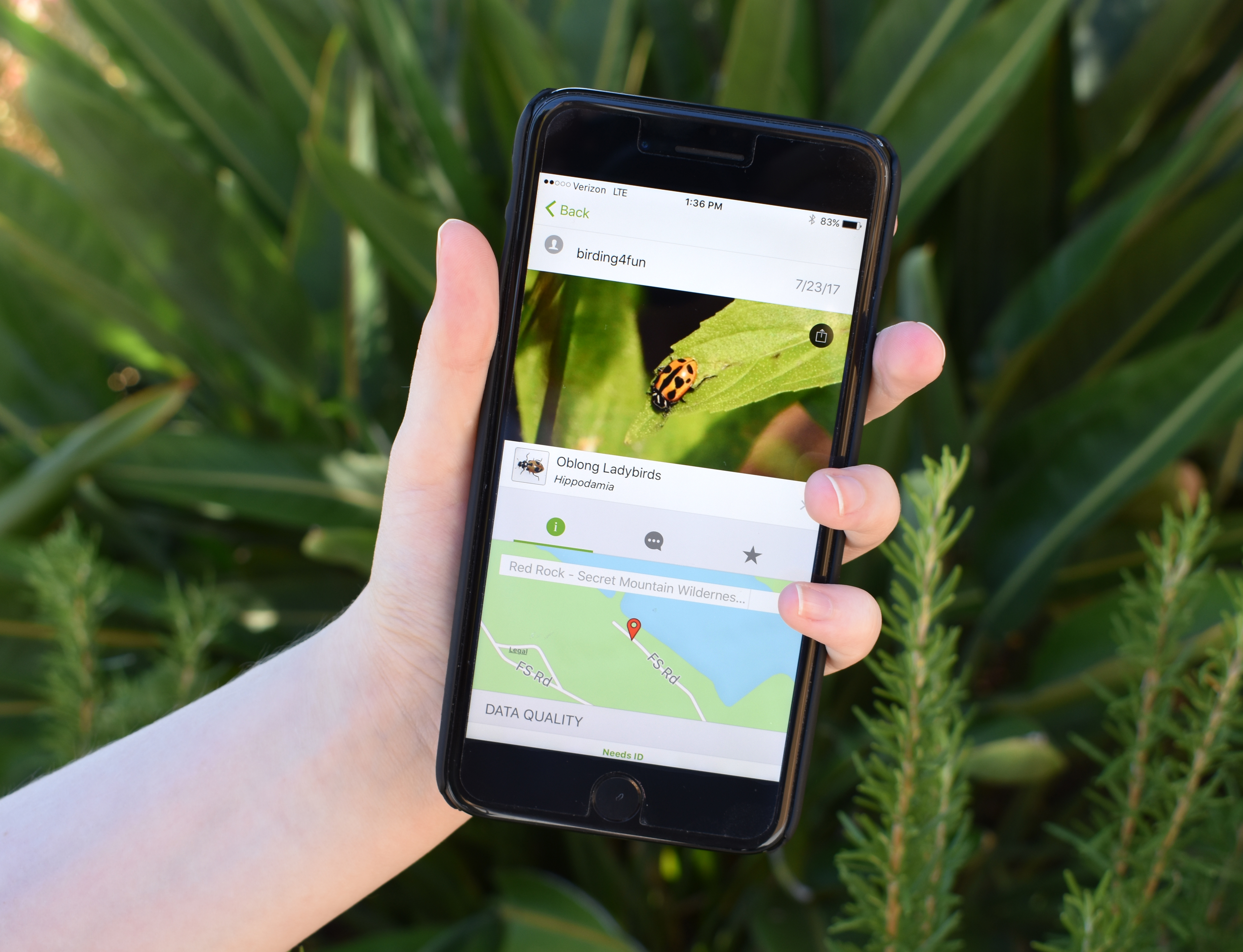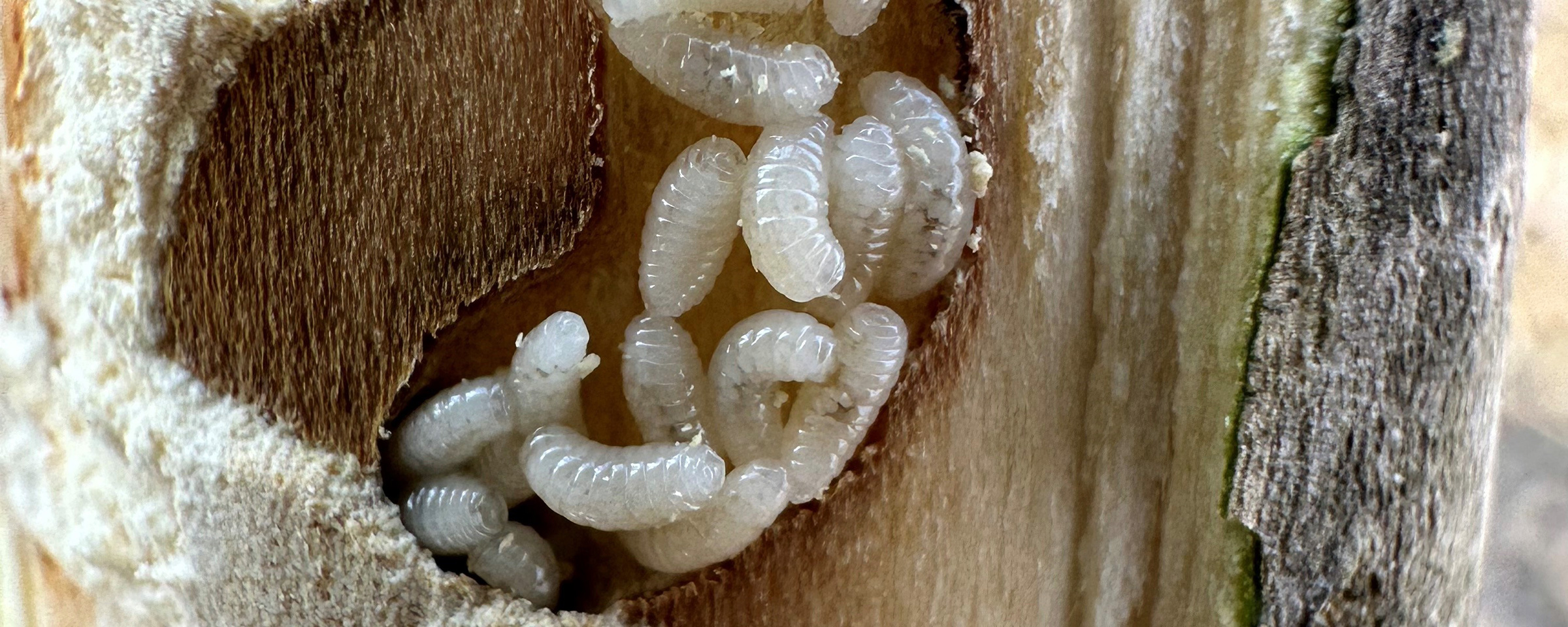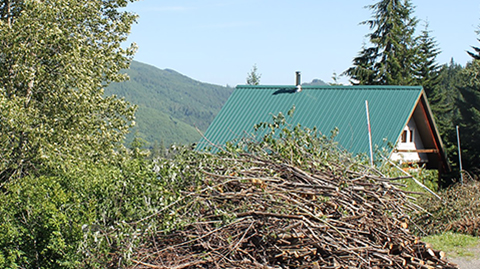How can an insect that is smaller than a penny cause so much ecological, economic, and cultural devastation? The emerald ash borer, an invasive beetle native to Asia, is one of the most destructive invasive species in North America. These tiny pests killed tens of millions of ash trees in the northeast – and continue to this day.
According to scientists, the adult beetle causes little damage aside from minor leaf feeding from late May through September. It is the larva that does the real damage by feeding on the inner bark of the ash trees disrupting water and nutrients from moving through the tree resulting in its death. Typically, trees die within three to five years of infestation and trees may be infested for a couple years before exhibiting any signs or symptoms.

Ash trees are ecologically and economically important species in North America. They are important components of northern hardwood forests as well as riparian areas along rivers and lakes, and in wetlands. Ash trees provide food and habitat for wildlife and are widely planted in urban environments. They are used commercially to make a variety of products such as tool handles, baseball bats, flooring, cabinets, and furniture.
In addition, the black ash tree (used interchangeably with brown ash) is one of 16 species of ash in North America and significant to the Indigenous people in both America and Canada who use them for traditional arts, medicine, and ceremonies. For example, the black ash has been used for basket weaving for thousands of years. It is also an integral component in the origin stories to the Wabanaki Nations, who are made up of four tribes in present day Maine.

The emerald ash borer has rapidly spread throughout North America since it was first detected in 2002, but was likely introduced the 1990’s. This sneaky beetle is suspected to have hitched a ride on infested ash wood used in shipping and got a free ride to the United States. The emerald ash borer has now infested at least 36 states, the District of Columbia, and five Canadian provinces and is known as the most destructive and costly invasive insect to ever invade North America.
Protecting Ash Trees across Maine
In Maine, a coalition of Indigenous and non-Indigenous researchers, tribal members, state and federal foresters, conservation groups, and local communities have been working for the past twenty years to prepare for the onset of emerald ash borer in northeastern forests. The group, called the Ash Protection Collaboration Across Wabanakik, is focused on identifying research-informed strategies to protect the future of ash trees.

“Collaborative groups, like the Ash Protection Collaboration Across Wabanakik, are important when it comes to preventing, detecting, and responding to the emerald ash borer threat,” said Nate Siegert, Entomologist for USDA Forest Service State, Private and Tribal Forestry. “These types of collaborative groups have really strong connection with local communities, Tribal Nations, and conservation organizations.”
Siegert explained that members of collaborative groups bring different skills and interests to the management of emerald ash borers. “Some members of the group might be more interested in collecting ash seeds to preserve the genetics of ash trees, while others may have more interest in communication or research sides of things,” he added. “All of these efforts help the greater cause.”

With the understanding that emerald ash borers know no boundary lines, the Ash Protection Collaboration Across Wabanakik chose a name that referred to where they are focusing their efforts. Wabanakik stretches from Newfoundland in the north, to mid-Maine in the south, and parts of Quebec in the west.
According to Siegert, this kind of cross-boundary collaboration also confronts the challenge at a scale that could make a real impact.
A Long History of Collaboration
John Daigle, a citizen member of Penobscot Nation and Professor of Recreation Management at the University of Maine, helps to lead efforts with the Ash Protection Collaboration Across Wabanakik. He explained that this collaborative effort really started with the formation of the Maine Indian Basket Makers Alliance in the mid-1980s. This group’s main effort was to preserve the art of basket weaving, but it also became an organization where concerns, like the decline in health of black ash trees, were shared.

To address this observed health decline by ash harvesters, a Brown Ash Task Force was created in the early 1990s where the University of Maine, USDA Forest Service, Maine Indian Basket Makers Alliance, and Tribal communities started to look at the health of the ash trees in the Northeast. “This was the start of a relationship that would later play a critical role when the emerald ash borer became known,” Professor Daigle added.
“Since the University of Maine, USDA Forest Service, Maine Indian Basket Makers Alliance, and Tribal communities had already built a trusting working relationship, it was easy to expand that effort into the collaboration you see today,” said Professor Daigle. “The cultural importance of the ash tree to our area and its ecological significance really motives people to want to take action.”

The Ash Protection Collaboration Across Wabanakik is made up of long-standing partners from the four Wabanaki Tribal Nations in Maine, other tribal communities such as the Akwesasne in New York, Maine Indian Basket Makers Alliance, University of Maine School of Forest Resources, Maine Forest Service, USDA Forest Service, and USDA Animal Plant Health Inspection Service.
Most importantly a growing number of new collaborators have joined such as The Wild Seed Project in Maine, Maine Land Trust Network and land trusts in other states, Forest Guild, more universities outside of Maine, as well as private family forest landowners and large forest land management companies.
The Fight Goes On
The Ash Protection Collaboration Across Wabanakik has engaged with the local tribal communities through tribal-led research, community meetings, and ash seed collection efforts.
“The tribal perspective is extremely important, especially to state and federal foresters as well as managers of conservation lands, so they know the most important areas of ash to treat,” Professor Daigle added.
They have also raised close to a million dollars over the past few years to support student-led research projects at the University of Maine. Some of the most notable projects include evaluating adaptive management strategies for black ash in wetland forests, understanding the involvement and intentions of landowners of Maine forests for protecting ash trees, developing an ash resource inventory field manual, and using remote sensing to identify black ash in Maine.
Currently, there is a research project examining how effective the Ash Protection Collaboration Across Wabanakik’s outreach, partnerships, and communication efforts have been in generating a collective action for the care of ash trees in ways that benefit Wabanaki people and forest ecosystems. “Information sharing is one of the most important things we can do to fight against the emerald ash borer,” said Professor Daigle. “Everything we learn, we share with other to agencies, tribal Nations, and states, and vice versa.”
The Ash Protection Collaboration Across Wabanakik is also focused on seed collection to protect ash for the long-term. “Creating an ash seed bank will allow for the possible propagation and reintroduction of ash into forests that have been affected by this emerald ash borer,” explained Professor Daigle.
As this invasive beetle spreads, it is important to collect as much seed as possible in geographically diverse locations. Seeds collected will also be used for research to identify ash trees with possible genetic resistance to emerald ash borers.
As the fight against the emerald ash borer continues, both Siegert and Professor Daigle are hopeful that ash species can remain on the northeast landscape for generations to come, and the Ash Protection Collaboration Across Wabanakik will be leading the charge to ensures that happens.
Visit Ash Protection Collaboration Across Wabanakik for more information. Learn more about invasive insects and diseases that are damaging our nation’s forests, including the emerald ash borer.
The Ash Protection Collaboration Across Wabanakik is one of many university, state, federal and Tribal partners that the USDA Forest Service State, Private, and Tribal Forestry program has provided financial and technical assistance to help address invasive species that threaten America’s forests and grasslands. For a list of 2023 invasive species funded projects, visit our page on funded projects contributing towards reducing invasive species.







